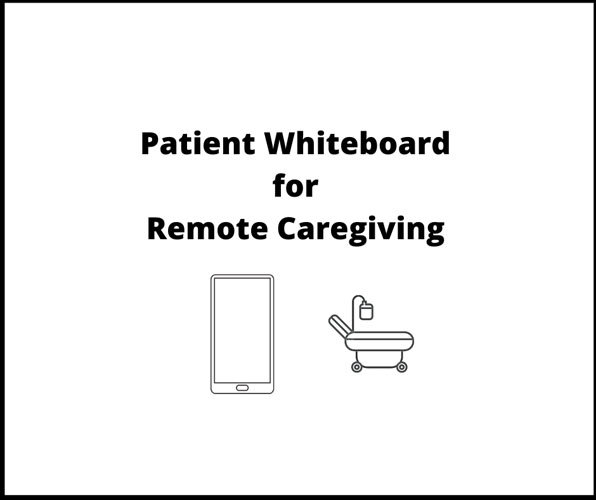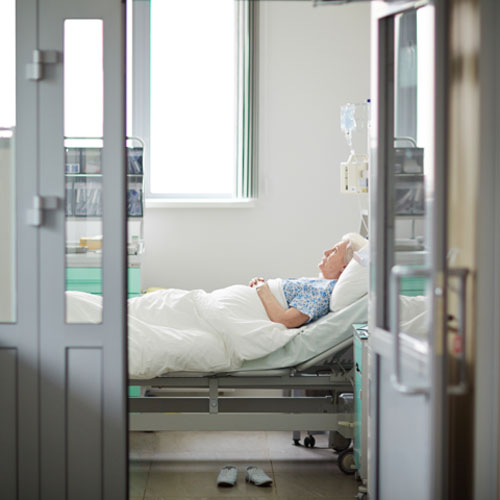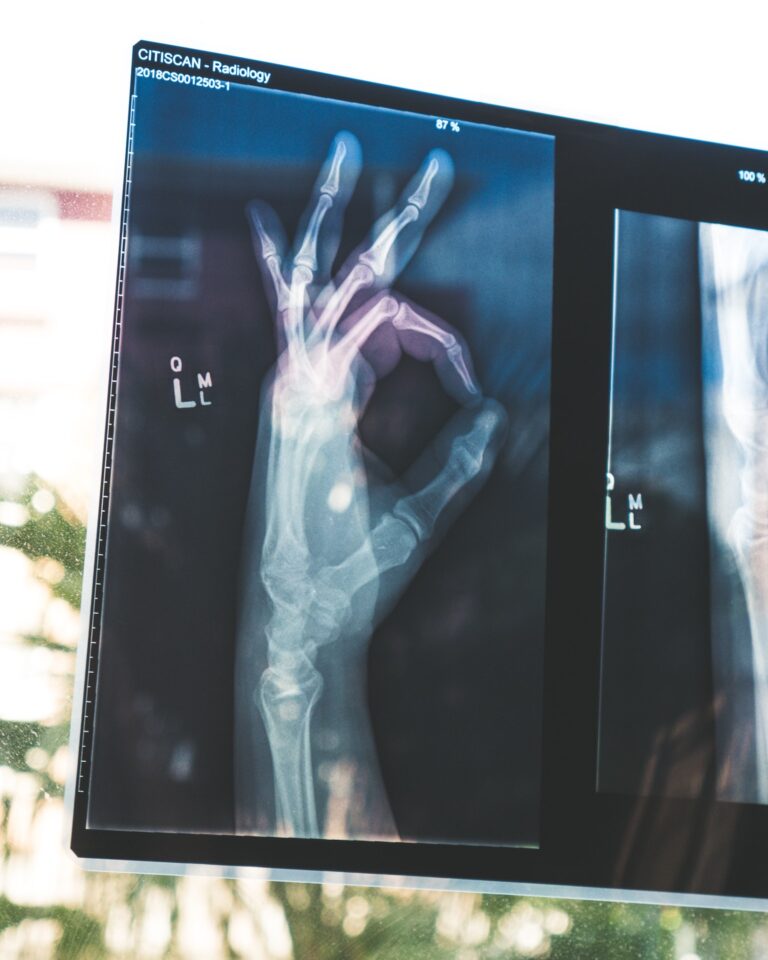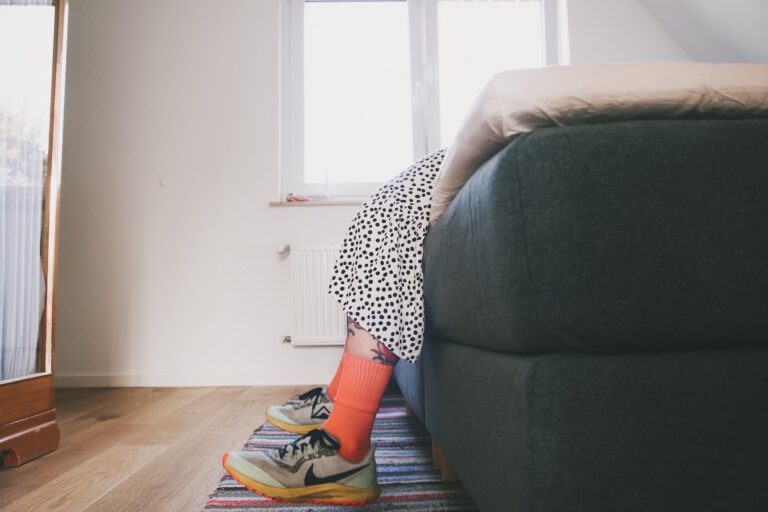
Patient whiteboards in the hospital room setting are an underutilized but valuable communication tool for patients, families and the clinical team to share basic but important daily details and goals of care. Generally, hospitals use them as an identifier for staff and their shifts on a given day. Good use of whiteboards also notes daily treatment plans and goals of care – like walking up and down the hall, eating solid food, occupational therapy, etc. In my opinion, whiteboards should always note pain levels and the tentative discharge date so patient, family and staff can plan for a safe transition from the hospital to either home or rehab.
I have adapted a standard inpatient whiteboard to use for remote caregiving to help you stay organized and engaged when visitation policies may be very restrictive for all non-Covid patients. This is a simple tool to help you manage daily medical information when telephone communications may be all you have. Make this whiteboard work for you.
Here are some tips on how to use:
- Staff names and shift times: it’s important to know the names of your nurses and aides and their shifts. It’s good to check in towards the beginning and end of each shift to get a sense from your nurse of how your loved one is doing.
- Keep track of your doctors and when they round. If possible try and have a virtual bedside huddle when they are with your loved one. If the patient is alert, this is the ideal time for all of you to discuss together medical updates and next steps.
- Pain management is essential as undertreated pain slows recovery and can lead to other complications.
- Make sure you know all the medication and their dosing schedules that your loved one has been prescribed. Medication can change from day to day so it is important to maintain a daily tracker.
- IVs and Catheters are invasive and can become sites of infection. They should only be kept in place if absolutely needed. Check to see if they can be removed on a daily basis.
I created and used my at-home version of a patient whiteboard this past summer when my husband was hospitalized after a serious bike accident. No visitors were allowed at all because the virus was surging in our area. Communicating with him as well as his clinical team only by telephone was difficult and stressful. Time is always limited in the hospital but especially now. Every conversation was rushed. I had only minutes to speak to anyone so I had to stay on point in order to get the medical updates I needed and to ask questions and bring up concerns to begin to plan for his long-term recovery. Here is an example of one of mine and how I used it:

This patient whiteboard form does not cover everything. It provides prompts and reminders of important tasks and details.
I hope this adaptable use of the inpatient white board for remote caregiving will help you communicate and collaborate with your loved one’s care team when you must rely only on your telephone.





